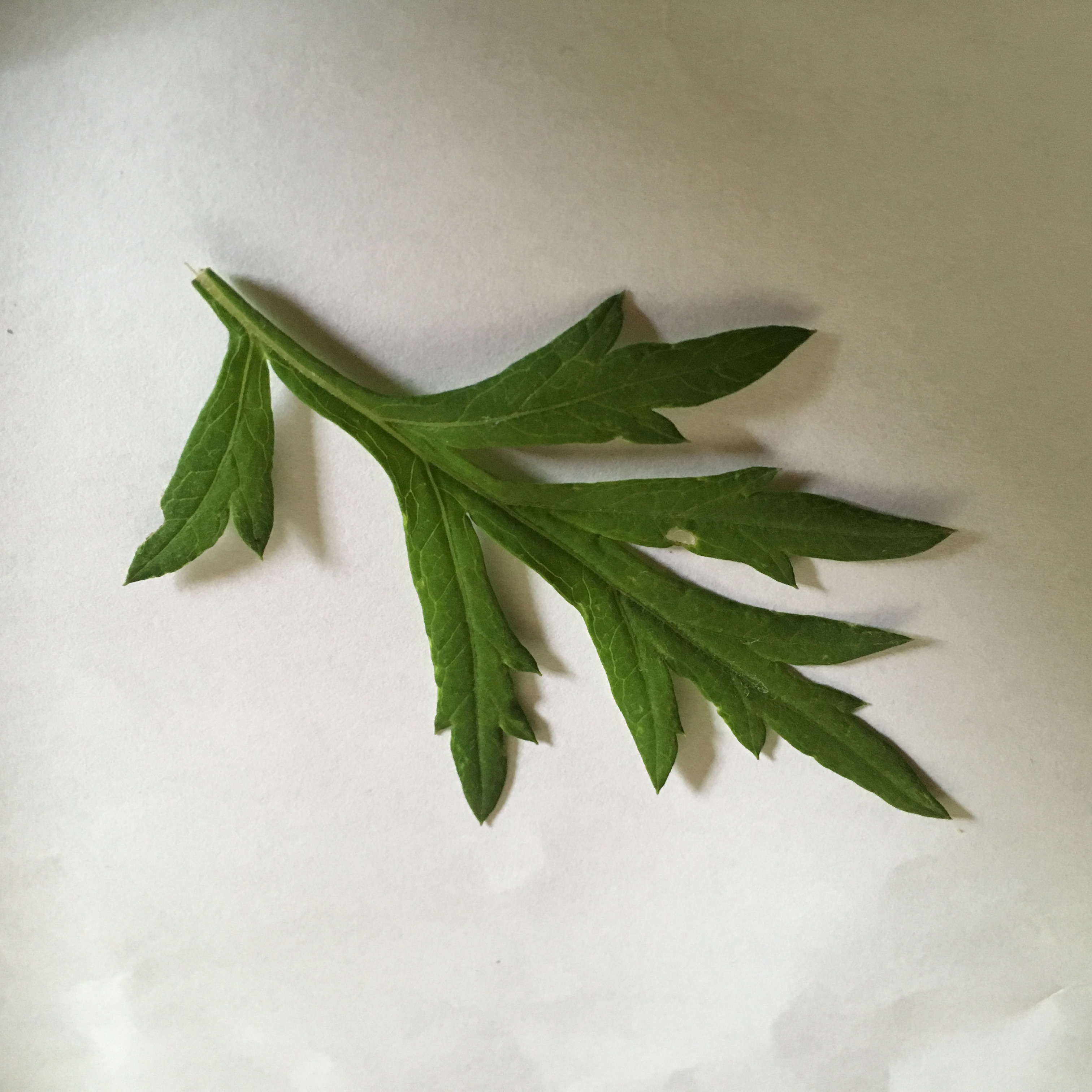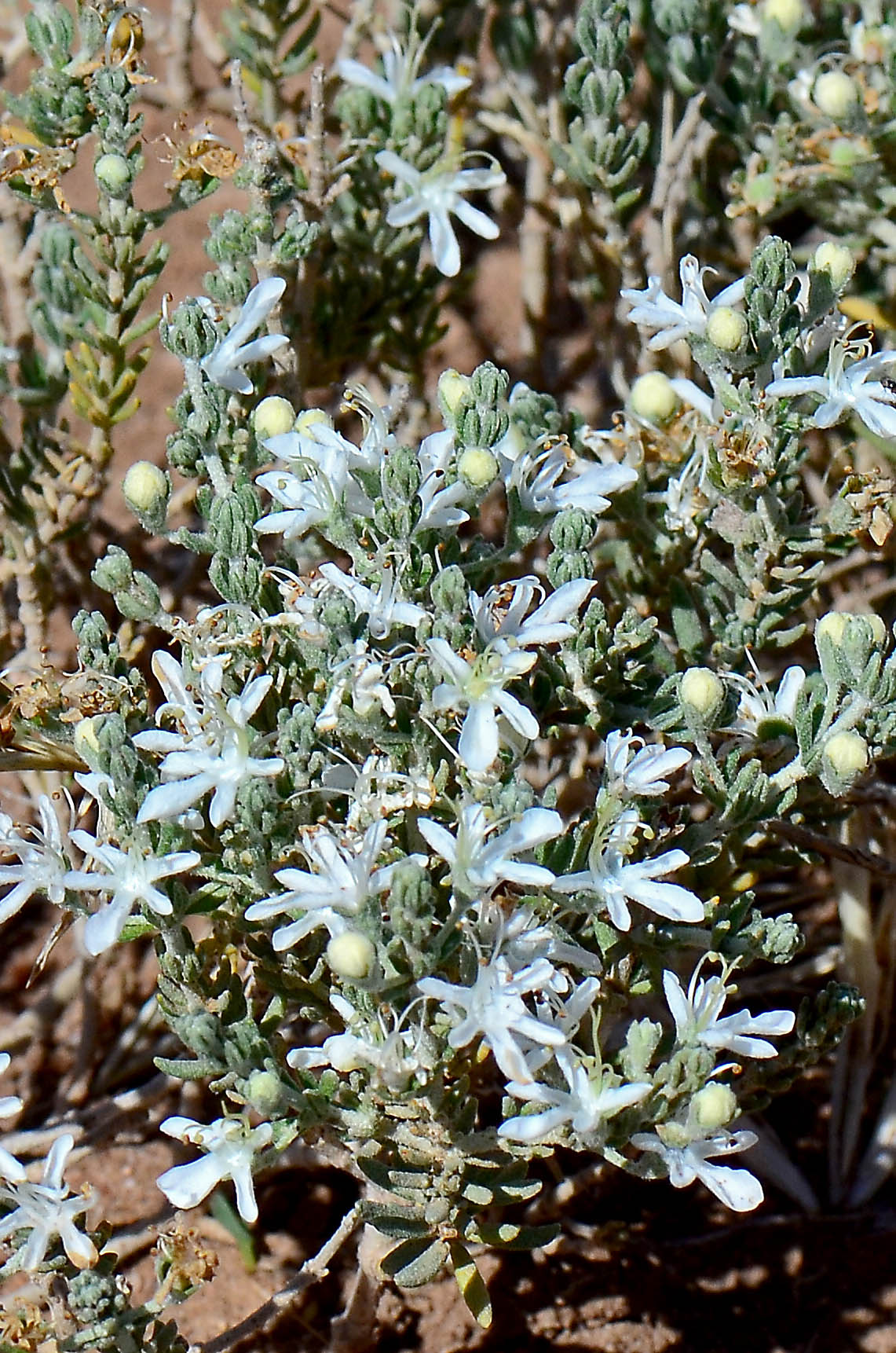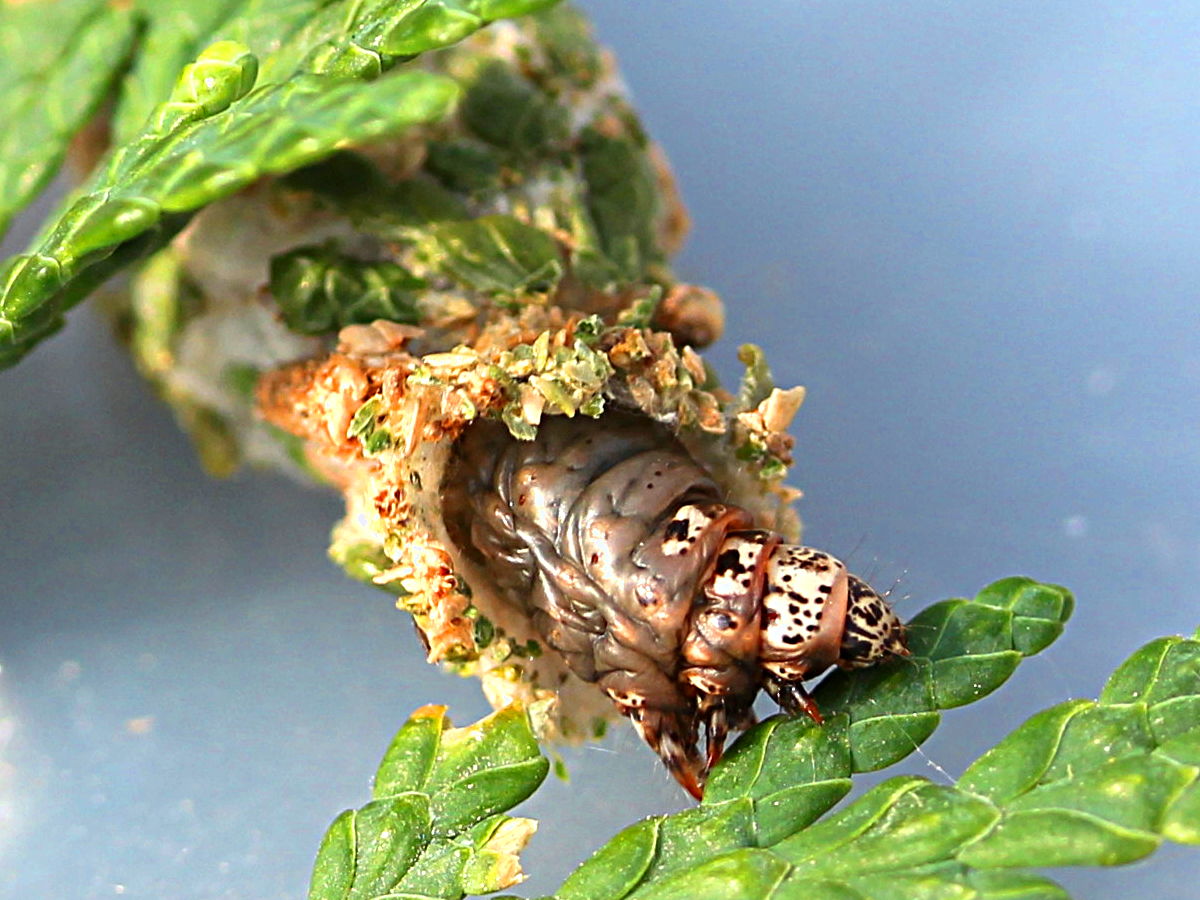|
Snailcase Bagworm
''Apterona helicoidella'' (snailcase bagworm) is a moth of the Psychidae family. It is widely distributed in Europe, from Portugal through most of central Europe and the Alps, up to the Ural. It is also found on the Balkan and in Turkey. It was introduced in the United States by accident during the 1940s. It is now found in many mid-Atlantic states, including Pennsylvania, and has also been reported in the Pacific coastal states, as well as Colorado, Michigan, Nevada, Utah and Idaho. It has been collected in Ontario as well (Royal Ontario Museum Collection). In southern Europe a subspecies with two sexes exists with small males that have light grey wings. This subspecies is called ''Apterona helicoidella crenulella.'' North of the Alps the species is parthenogenetic and is called ''Apterona helicoidella helicoidella''. Only females are present in this subspecies. They form a case that looks like a small snail. The females grow within the case, becoming adults in the late summer. ... [...More Info...] [...Related Items...] OR: [Wikipedia] [Google] [Baidu] |
Animal
Animals are multicellular, eukaryotic organisms in the Kingdom (biology), biological kingdom Animalia. With few exceptions, animals Heterotroph, consume organic material, Cellular respiration#Aerobic respiration, breathe oxygen, are Motility, able to move, can Sexual reproduction, reproduce sexually, and go through an ontogenetic stage in which their body consists of a hollow sphere of Cell (biology), cells, the blastula, during Embryogenesis, embryonic development. Over 1.5 million Extant taxon, living animal species have been Species description, described—of which around 1 million are Insecta, insects—but it has been estimated there are over 7 million animal species in total. Animals range in length from to . They have Ecology, complex interactions with each other and their environments, forming intricate food webs. The scientific study of animals is known as zoology. Most living animal species are in Bilateria, a clade whose members have a Symmetry in biology#Bilate ... [...More Info...] [...Related Items...] OR: [Wikipedia] [Google] [Baidu] |
Nevada
Nevada ( ; ) is a U.S. state, state in the Western United States, Western region of the United States. It is bordered by Oregon to the northwest, Idaho to the northeast, California to the west, Arizona to the southeast, and Utah to the east. Nevada is the List of U.S. states and territories by area, 7th-most extensive, the List of U.S. states and territories by population, 32nd-most populous, and the List of U.S. states and territories by population density, 9th-least densely populated of the U.S. states. Nearly three-quarters of Nevada's people live in Clark County, Nevada, Clark County, which contains the Las Vegas–Paradise, NV MSA, Las Vegas–Paradise metropolitan area, including three of the state's four largest incorporated cities. Nevada's capital is Carson City, Nevada, Carson City. Las Vegas is the largest city in the state. Nevada is officially known as the "Silver State" because of the importance of silver to its history and economy. It is also known as the "Battle ... [...More Info...] [...Related Items...] OR: [Wikipedia] [Google] [Baidu] |
Helianthemum Nummularium
''Helianthemum nummularium'' (known as common rock-rose) is a species of rock-rose (Cistaceae), native to most of Europe Europe is a large peninsula conventionally considered a continent in its own right because of its great physical size and the weight of its history and traditions. Europe is also considered a Continent#Subcontinents, subcontinent of Eurasia .... Description It is an evergreen trailing plant with loose terminal clusters of bright yellow, saucer-shaped flowers. In the flower centre is a tight cluster of orange stamens, which are sensitive to the touch, and spread outwards to reveal the tall stigma in the middle. The plant is common on chalk downs, and occasional in other grasslands, always on dry, base-rich soil. The wild species has yellow flowers, but garden varieties range from white through yellow to deep red. Though the individual blooms are short-lived, the plant produces a mass of flowers through the summer. It needs a dry, sunny place, like a ... [...More Info...] [...Related Items...] OR: [Wikipedia] [Google] [Baidu] |
Artemisia Vulgaris
''Artemisia vulgaris'', the common mugwort, is a species of flowering plant in the daisy family Asteraceae. It is one of several species in the genus ''Artemisia'' commonly known as mugwort, although ''Artemisia vulgaris'' is the species most often called mugwort. It is also occasionally known as riverside wormwood, felon herb, chrysanthemum weed, wild wormwood, old Uncle Henry, sailor's tobacco, naughty man, old man, or St. John's plant (not to be confused with St John's wort). Mugworts have been used medicinally and as culinary herbs. Distribution ''A. vulgaris'' is native to temperate Europe, Asia, North Africa, and Alaska, and is naturalized in North America, where some consider it an invasive weed. It is a very common plant growing on nitrogenous soils, such as waste places, roadsides and other weedy and uncultivated areas. Uses Traditionally, it has been used as one of the flavoring and bittering agents of gruit ales, a type of unhopped, fermented grain beverage. In Vi ... [...More Info...] [...Related Items...] OR: [Wikipedia] [Google] [Baidu] |
Teucrium
''Teucrium'' is a Cosmopolitan distribution, cosmopolitan genus of flowering plants in the family Lamiaceae, commonly known as germanders. Plants in this genus are perennial plant, perennial herbaceous plant, herbs or shrubs, with branches that are more or less square in cross-section, leaves arranged in opposite pairs, and flowers arranged in thyrses, the Petal, corolla with mostly white to cream-coloured, lobed petals. Description Plants in the genus ''Teucrium'' are perennial herbs or shrubs with four-cornered stems, often with simple hairs and Sessility (botany), sessile Gland (botany), glands. The leaves are arranged in opposite pairs, simple or with three leaflets sometimes with lobed or serrated edges. The flowers are arranged in a thyrse, sometimes in a Cyme (botany), cyme in leaf axils. The flowers have five more or less similar sepals fused at the base, and the corolla is white or cream-coloured with five lobes forming two lips. The upper lip is usually much reduced in s ... [...More Info...] [...Related Items...] OR: [Wikipedia] [Google] [Baidu] |
Erodium Cicutarium
''Erodium cicutarium'', also known as common stork's-bill, redstem filaree, redstem stork's bill or pinweed, is a herbaceous annual plant, annual – or in warm climates, biennial plant, biennial – member of the family Geraniaceae of flowering plants. It is native to Macaronesia, temperate Eurasia and north and northeast Africa, and was introduced to North America in the eighteenth century, where it has since become naturalized, particularly of the deserts and arid grasslands of the southwestern United States. Description It is a hairy, sticky annual, resembling Geranium robertianum, herb Robert but lacking the unpleasant odor. The stems are reddish and bear bright pink flowers, which often have dark spots on the bases. The flowers are arranged in a loose cluster and have ten filaments – five of which are fertile – and five styles. The leaves are pinnate to pinnate-pinnatifid, with hairy stems. The long seed-pod, shaped like the bill of a stork, bursts open in a spiral whe ... [...More Info...] [...Related Items...] OR: [Wikipedia] [Google] [Baidu] |
Potentilla Neumanniana
''Potentilla neumanniana'', the spring cinquefoil or spotted cinquefoil, is a perennial flowering plant in the rose family (Rosaceae). It may grow up to the height of 5–15 cm. It was first scientifically described by H.G.L. Reichenbach in 1832. P.F.A. Ascherson later called it ''P. tabernaemontani'', a name which is now invalid. The name ''P. verna'' was misapplied to this species; as originally described by Linnaeus, it actually refers to the alpine cinquefoil (''P. crantzii''). This is a fairly nondescript species of cinquefoil. Its typical five-fingered leaves and — in early spring — five-petalled yellow flowers are borne on low-lying stems. As its common name implies, in most of its range it is one of the first cinquefoils to bloom. It can grow in dry, marginal habitat, such as roadsides, dry meadows, and talus. Thus it can be used for rock garden A rock garden, also known as a rockery and formerly as a rockwork, is a garden, or more often a part ... [...More Info...] [...Related Items...] OR: [Wikipedia] [Google] [Baidu] |
Evergreen Bagworm
The evergreen bagworm (''Thyridopteryx ephemeraeformis''), commonly known as bagworm, eastern bagworm, common bagworm, common basket worm, or North American bagworm, is a moth that spins its cocoon in its larval life, decorating it with bits of plant material from the trees on which it feeds. The evergreen bagworm's case grows to a length of over 6 cm, tapered and open on both ends. Newborn larvae are blackish and turn brown to tan as they grow, mottled with black. The heads and Thorax (insect anatomy), thorax develop a yellow tint as they grow to a full length of 24 to 32 mm. Adult males resemble bees, having a 25 mm wingspan with transparent wings (''thuris'' window + ''pterux'' wing) and black furry bodies. Adult females are maggot-like with yellowish-white soft bodies 19 to 23 mm long and small tufts of hair near the end of the abdomen. The cream-colored eggs are 0.75 mm in diameter. The evergreen bagworm thrives in the eastern United States ... [...More Info...] [...Related Items...] OR: [Wikipedia] [Google] [Baidu] |
Bagworm
The Psychidae (bagworm moths, also simply bagworms or bagmoths) are a family of the Lepidoptera (butterflies and moths). The bagworm family is fairly small, with about 1,350 species described. Bagworm species are found globally, with some, such as the snailcase bagworm (''Apterona helicoidella''), in modern times settling continents where they are not native. Another common name for the Psychidae is "case moths", but this is just as well used for the case-bearers (Coleophoridae). The names refer to the habits of caterpillars of these two families, which build small protective cases in which they can hide. The bagworms belong to the superfamily Tineoidea, which is a basal lineage of the Ditrysia (as is Gelechioidea, which includes case-bearers). This means that the bagworms and case-bearers are only as closely related to each other as either is to butterflies (Rhopalocera). Most bagworms are inoffensive to humans and inconspicuous; some are occasional nuisance pests. However ... [...More Info...] [...Related Items...] OR: [Wikipedia] [Google] [Baidu] |
Snail
A snail is, in loose terms, a shelled gastropod. The name is most often applied to land snails, terrestrial pulmonate gastropod molluscs. However, the common name ''snail'' is also used for most of the members of the molluscan class Gastropoda that have a coiled shell that is large enough for the animal to retract completely into. When the word "snail" is used in this most general sense, it includes not just land snails but also numerous species of sea snails and freshwater snails. Gastropods that naturally lack a shell, or have only an internal shell, are mostly called '' slugs'', and land snails that have only a very small shell (that they cannot retract into) are often called ''semi-slugs''. Snails have considerable human relevance, including as food items, as pests, and as vectors of disease, and their shells are used as decorative objects and are incorporated into jewelry. The snail has also had some cultural significance, tending to be associated with lethargy. The sn ... [...More Info...] [...Related Items...] OR: [Wikipedia] [Google] [Baidu] |
Parthenogenetic
Parthenogenesis (; from the Greek grc, παρθένος, translit=parthénos, lit=virgin, label=none + grc, γένεσις, translit=génesis, lit=creation, label=none) is a natural form of asexual reproduction in which growth and development of embryos occur in a gamete (egg or sperm) without combining with another gamete (e.g., egg and sperm fusing). In animals, parthenogenesis means development of an embryo from an unfertilized egg cell. In plants, parthenogenesis is a component process of apomixis. In algae, parthenogenesis can mean the development of an embryo from either an individual sperm or an individual egg. Parthenogenesis occurs naturally in some plants, algae, invertebrate animal species (including nematodes, some tardigrades, water fleas, some scorpions, aphids, some mites, some bees, some Phasmatodea and parasitic wasps) and a few vertebrates (such as some fish, amphibians, reptiles and birds). This type of reproduction has been induced artificially in a few spe ... [...More Info...] [...Related Items...] OR: [Wikipedia] [Google] [Baidu] |
Royal Ontario Museum
The Royal Ontario Museum (ROM) is a museum of art, world culture and natural history in Toronto, Ontario, Canada. It is one of the largest museums in North America and the largest in Canada. It attracts more than one million visitors every year, making the ROM the most-visited museum in Canada. The museum is north of Queen's Park, in the University of Toronto district, with its main entrance on Bloor Street West. Museum subway station is named after the ROM and, since a 2008 renovation, is decorated to resemble the institution's collection at the platform level. Established on April 16, 1912, and opened on March 19, 1914, the museum has maintained close relations with the University of Toronto throughout its history, often sharing expertise and resources. The museum was under the direct control and management of the University of Toronto until 1968, when it became an independent Crown agency of the Government of Ontario. Today, the museum is Canada's largest field-research in ... [...More Info...] [...Related Items...] OR: [Wikipedia] [Google] [Baidu] |

.png)





